Life in the backcountry can be unpredictable at times. It’s best to prepare for anything that mother nature can throw your way. If you’re going on an outdoor adventure, you may be wondering what gear to bring. We’ve spoken to our Semester and Outdoor Educator program alumni to find out what gear they brought with them and what they thought was essential to their success on their expeditions.
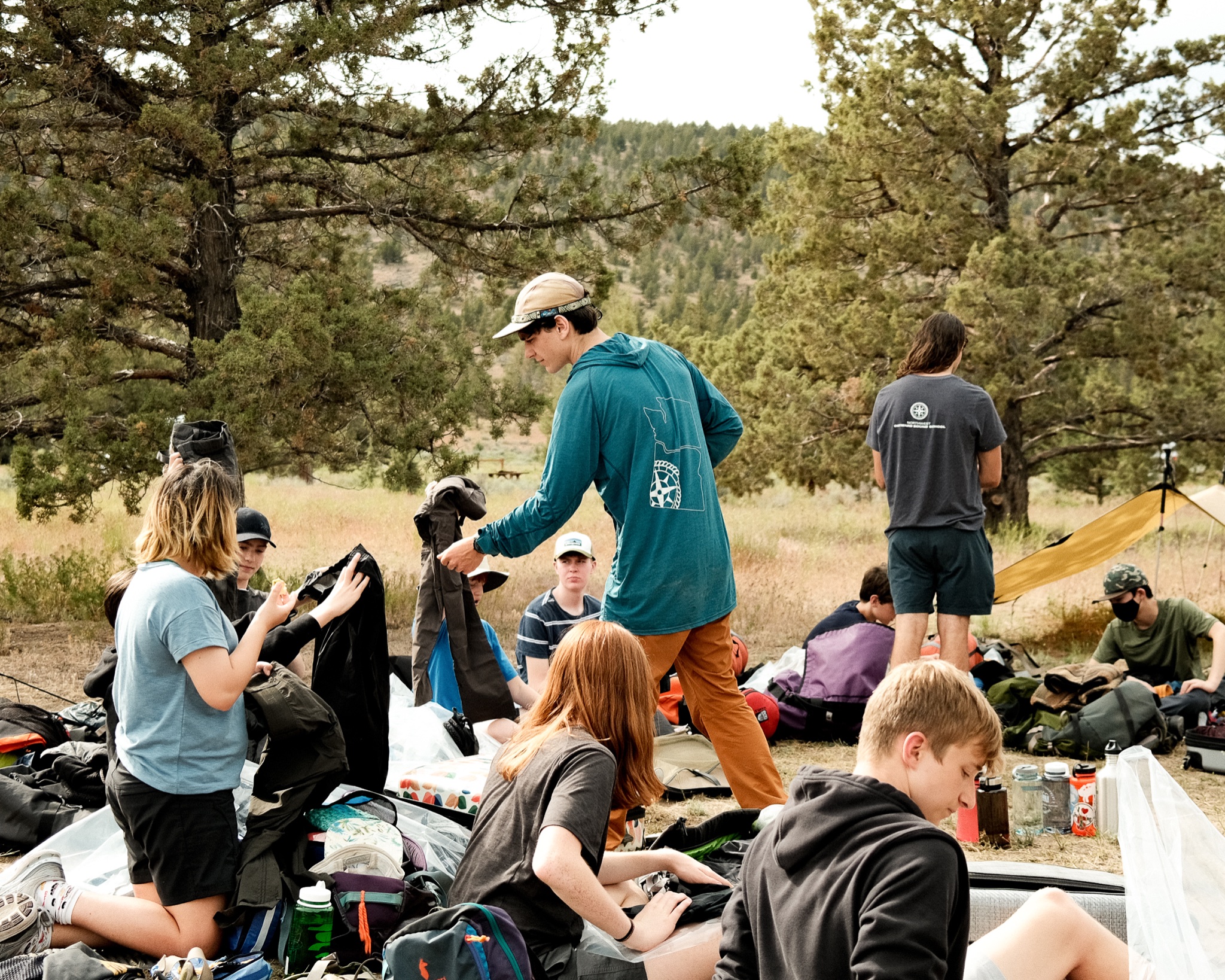
Ethan Kurinsky embarked on the Southwest Leadership Semester expedition in 2017. Thinking back to the days leading up to his departure, he said, “Going into my course I didn’t know what it would be like, but I was really excited for this new opportunity. I went in with an open mind knowing there was a challenge ahead of me.”
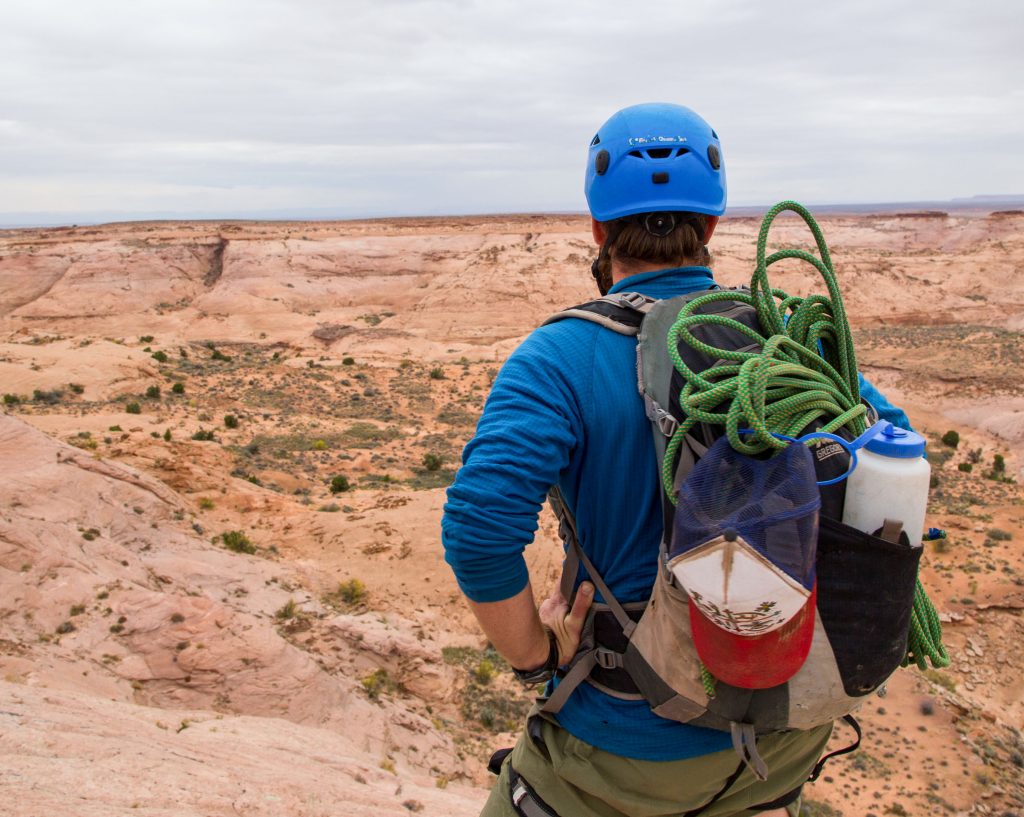
New to the Southwest, Ethan remembers that it was colder than he expected it to be, and that coming from Massachusetts, the desert climate was entirely different from what he’s experienced. “In the mountains, temperatures can get really low and it’s important to bring adequate layers.” What do those layers look like? Thermal base layers are a key piece of technical clothing for any course. They can be light or have a heavier weight to them but having both a long sleeve top and bottom is essential.
Another necessity for colder weather is a lightweight puffy jacket. Ethan brought a Patagonia Micro Puff. It packs down to almost nothing but can be the perfect piece for a chilly night. Many other companies make down puffy jackets such as Outdoor Research, The North Face or REI.
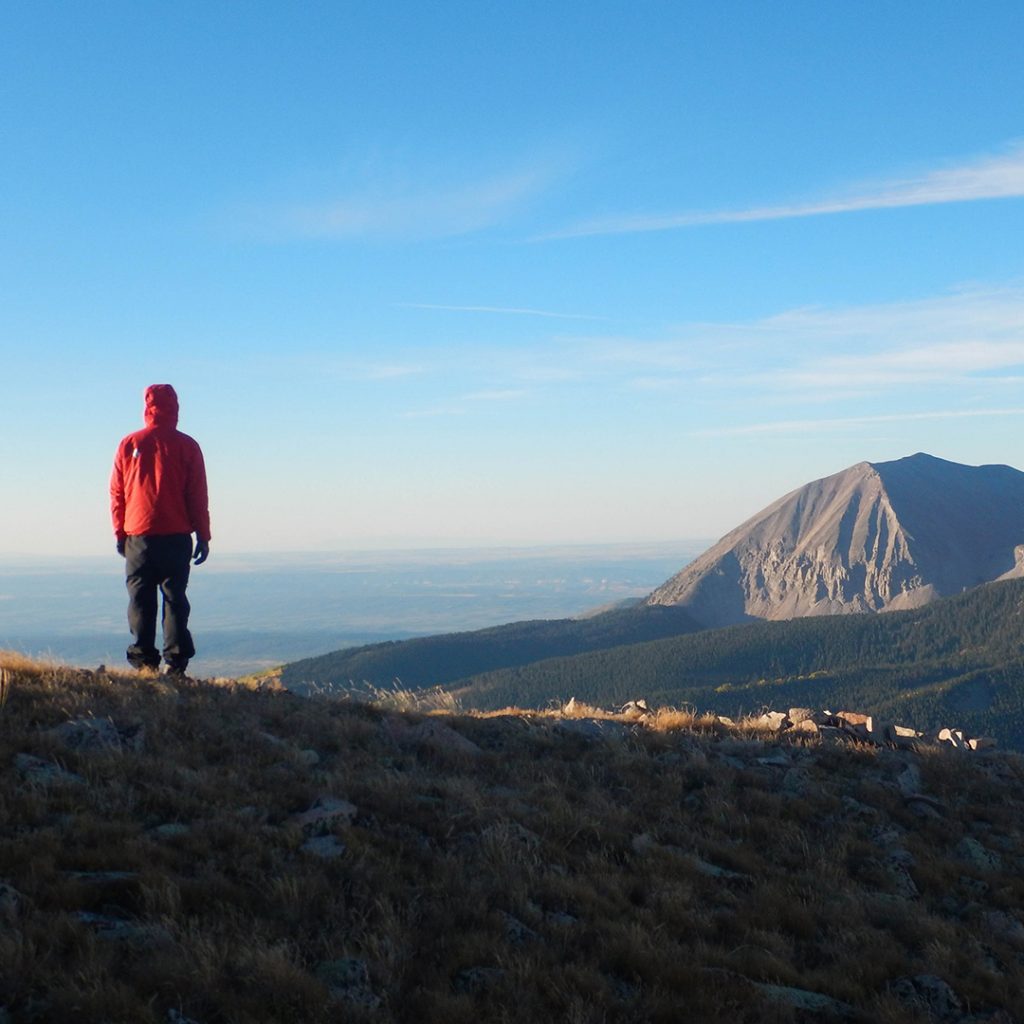
As far as the more technical gear, Ethan brought his own trekking poles for the backpacking section of his course. He found it really helpful to use both poles to aid with balance and to even out the weight of his pack. Ethan’s only tip: don’t lose them!
Ethan’s other packing suggestion is a bladder system, which is a dromedary that holds water and includes a hose and mouth piece. Most backpacks have a designated area that fits a bladder and keeps it close to the back. “A bladder system was really helpful for day hikes. It makes it easier to sip on water rather than continuously having to take off a pack and grab a water bottle. It also allows you to take the three liters of required water all in one place.” Companies like Camelbak and Outdoor Products make durable and affordable systems that range in size from 2-3 liters.
Of course, there are a few things that Ethan wishes he’d brought. “A lightweight sun-shirt for hotter times would have been nice to have for added sun protection. They’re made of a lightweight material that makes them easy to wear.” Companies like Patagonia and Outdoor Research make many different styles of sun-shirts or sun-hoodies.
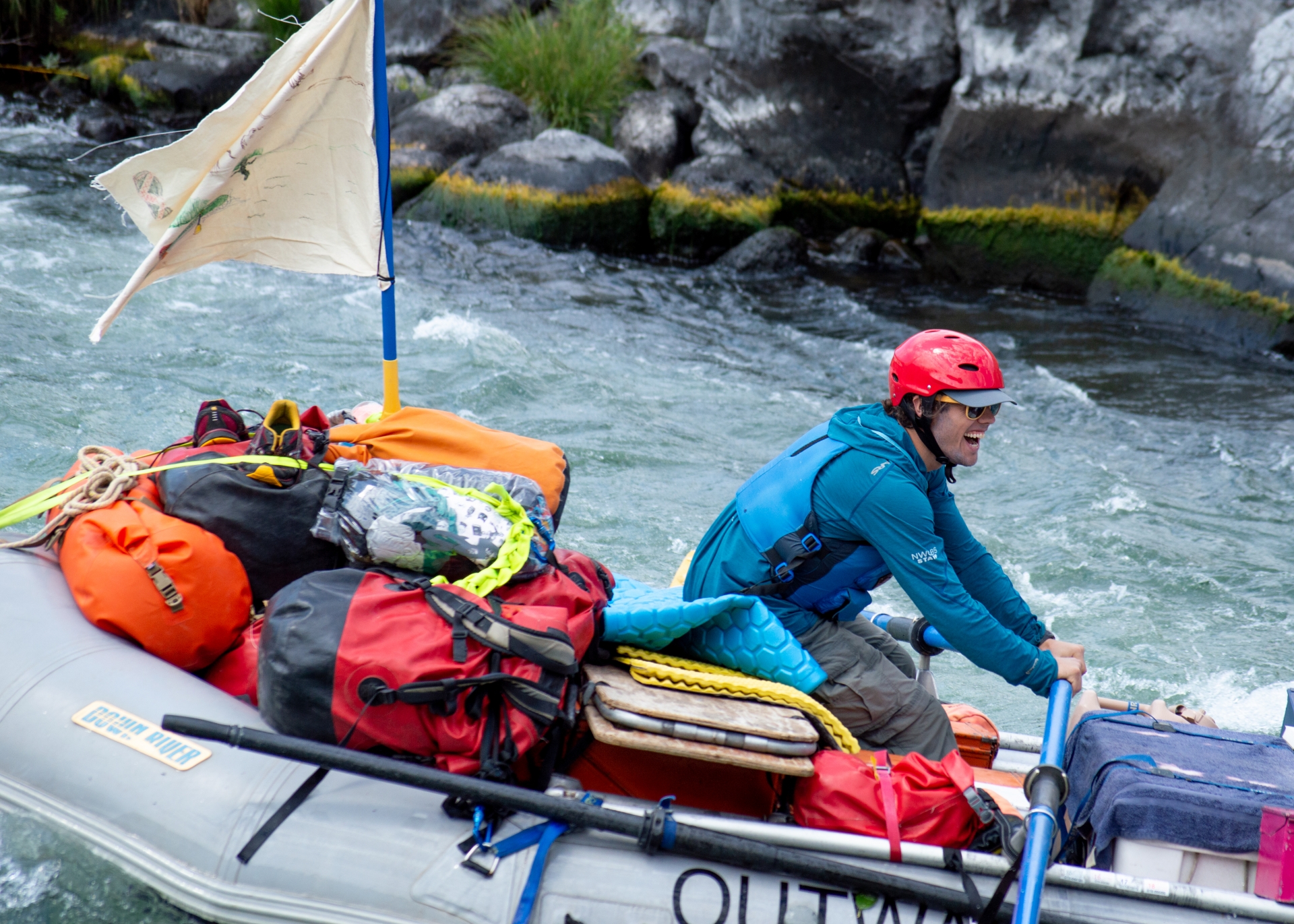
Rafting down the Salmon River in Oregon. Photo by Colby Blue.
When asked about what he took away from his course, Ethan responded, “I left feeling incredibly accomplished. I was emotionally, physically and socially more confident. I ended the course running a half marathon for a personal challenge event, when at the start I couldn’t even run a mile. During Solo I was able to take time to evaluate my feelings and consider them in terms of my past, present and future. Socially, I’ve always struggled to feel included in a group, but by the end I felt incredibly connected to the seven people that I spent 55 days with.”
Nicky Murphy was a student on the Southwest Backpacking & Rock Climbing Outdoor Educator expedition in the spring of 2019. She too, came prepared with some of her own gear for the 55 days spent in the backcountry. “Going into my course, I was excited about the professional development opportunity. Outward Bound is well known in the world of outdoor leadership and I was excited to learn from their style and gain resources for serving students in the future.”
For her course, Nicky chose to bring a lot of her own gear with her, although Outward Bound does provide all group gear and almost all of the technical gear needed to be successful. Some of this gear includes a sleeping shelter, sleeping system (a sleeping bag and pad), backpacks and cooking equipment. “I felt very prepared coming into my course. I ended up bringing a lot of my own gear which was really nice to have. Outward Bound does a great job of supplying students with everything they need, although bringing your own equipment provides an extra source of comfort. If I had been on a shorter course I probably would have relied more heavily on the gear provided—but I was lucky to already have a lot of it.”
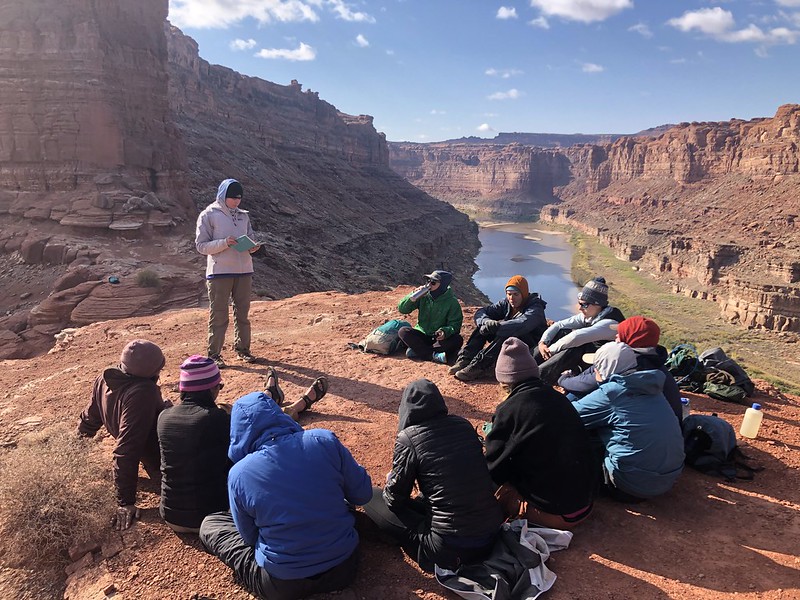
The number one item she brought with her was her self-inflating Thermarest sleeping pad, which helped her get a better night’s sleep. “Sleeping is one thing you can look forward to on a tough day, and having my own pad provided a reliable source of comfort.” Some recommended brands for an inflatable sleeping pad include REI, Nemo and Klymit. If you decide to bring one, we recommend also packing a repair kit.*
*If you are going on an Outward Bound expedition, make sure to check in with your School about bringing a sleeping pad. They may suggest that you use the gear provided depending on your course.
Another suggestion from Nicky is to bring a personal bowl. Outward Bound provides a bowl with silverware, but she brought one with a lid made by Nalgene. “Having a bowl with a lid was really helpful when it came to cleaning as I was able to just shake some soap around and dump it out. It also allowed me to save leftovers if I didn’t finish my dinner, which you can’t do easily without a lid.”
Some smaller items Nicky brought with her that she was really happy to have included: extra stamps and envelopes, hand sanitizer, Ziplock bags for organization and some photos from home. She also recommends bringing a crazy creek for added comfort, “It was really nice to have for back support.”
Looking back on her course, Nicky said, “I feel really lucky to be in this industry and to be able to do this great work. On my course, I learned patience when living with the same seven people for such a long time. I learned a better level of self-care and how to cope with challenging situations. And how to find comfort in the discomfort.”
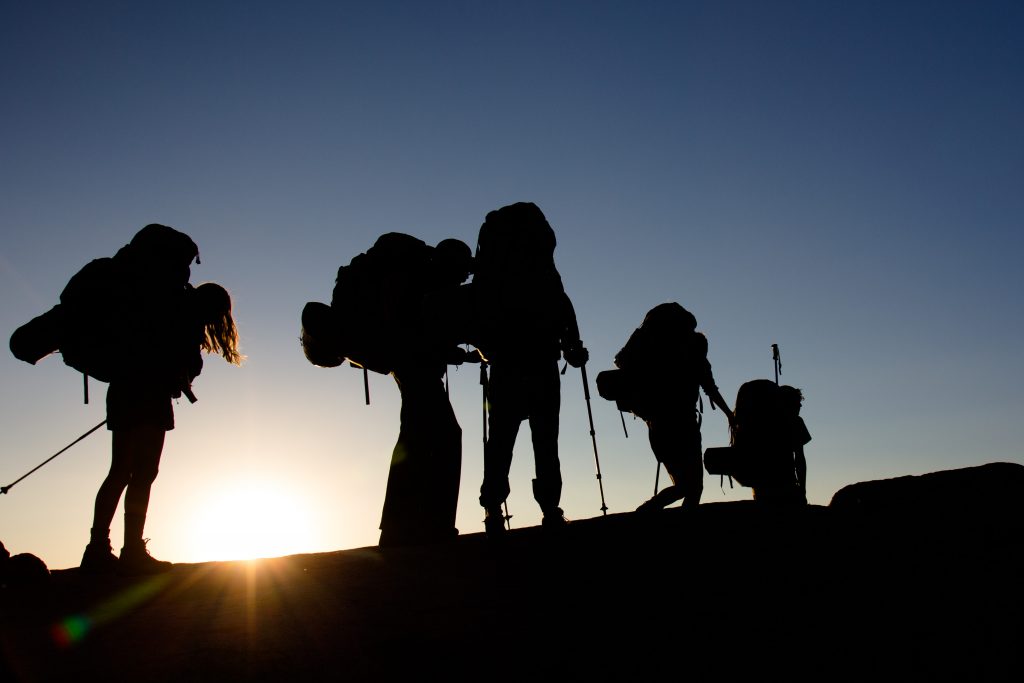
A crew is shown having crossed the last ridge of the day at sunset before descending into camp. Photo by Joel Reid.
A packing suggestion from staff members includes a sturdy rain jacket. Whenever and wherever your adventures take you, a rain jacket is a necessity. During the summer in certain climates, a rain jacket is not only good protection from the afternoon storms but it also helps to keep mosquitos at bay. Almost every outdoor clothing company makes rain jackets, so look for a style that is durable with a hood.
Lastly, a headlamp will become a heavily relied upon piece of equipment, preferably with a red and white light setting. Petzl and Black Diamond are both highly recommended brands. And don’t forget an extra set of batteries.
Thank you to Nicky and Ethan for providing us with a few simple ways to elevate our comfort levels in the backcountry!
Pro tip: If you’re going on an Outward Bound course, your packing list will be provided by your School. And don’t forget that you can find certain gear on your list in thrift stores, army/navy surplus stores, local gear exchanges (depending on your region), or the online REI outlet. You can also leverage groups in your social media accounts to see if they have any gear you can borrow or tips for which local providers to check out. Contact your School for more information and advice.
For more information on buying gear new or used, check out this blog.
About the Author
Sophie MacMillan is the media intern for the Southwest Program of the Colorado Outward Bound School. She graduated from The University of Vermont with a degree in Photojournalism. Since coming to the Southwest, she’s enjoyed exploring the incredible new environment through hiking, rafting and climbing with a film camera in hand.
OTHER POSTS YOU MAY LIKE
Read More
Read More
Read More




